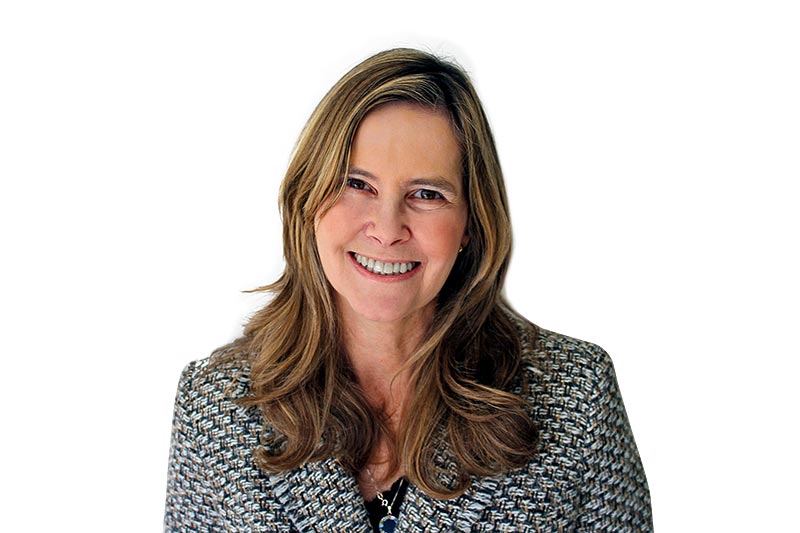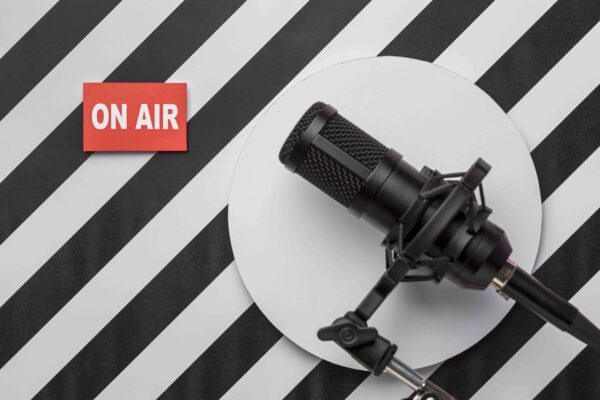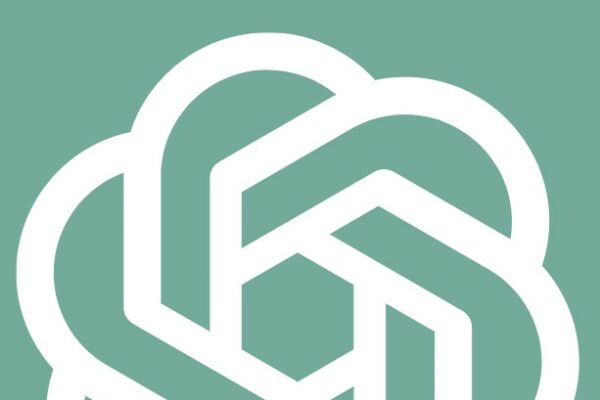8 Tips for Not Turning your Makerspace into the Next Computer Lab

Though the maker movement has been around for a long time now, and if we consider Dewey, Papert, among other educators, we’d say it’s been around for decades! If we go event further and look at makerspace as those garages where kids used to work with their parents on projects, fix things and solve a problem, it’s been really there for a long time. However, the so-called maker movement in Brazil is really getting traction right now. Schools are making budgets, considering options to innovate, to change learning environments, but there is a danger. An old type of danger. The danger of being trapped in the misconception of wrong assumptions. In the case of makerspaces, the main assumption is, if I have a new space with tools, digital gadgets and all, learning will take place.
This is exactly what happened when schools decided to create computer labs in the 90s and 2000s. Did they improve, deepen learning? Not necessarily. Why? Because most of the times the decisions were top-down with the idea of showing parents why the schools they opted for their kids were cool, innovative, creative, tech-infused. And in many cases, there was not a well-thought plan for the newly created, shiny, screen-filled rooms. The programs were not integrated in a more systematic way into the curriculum. It was something apart. It was almost as if we had tech on one side and education on another. A very few programs were a well-designed plan towards the improvement of learning. How many times have you seen computers room being used only for consumption of content, search on the Net, play time (but in the sense of leisure, not discovery and exploration), online quizzes? Did they help change education? No.
So, if the assumption was wrong at that time and we do it again, will we get a different result? Certainly not! Our only chance is if we look back to our old computer rooms that we want to turn into makerspaces and do it right, with an honest and carefully planned framework and the right mindset. This year, I had the pleasure to visit eight different towns in Brazil with Richmond and their wonderful team to talk about starting a maker movement, and it was a first small step towards mobilizing the educational community about what the maker movement really meant.
So, if you ask me how, where you should begin. Here are some tips to get you started with a maker that is really about learning, inquiry, play (as experimenting, discovery), peer teaching, collaboration, developing soft skills & technical ones as well:
- Take a deeper look at the community you serve. What are their needs, what are their pains, what are their interests? You should start from where they are. Ask, observe, have some discovery workshops, prototype small projects to test your hypothesis.
- Learn and co-create with the academic area. Involve teachers, students, and leaders in the process of planning how the staff will be prepared for the maker movement at your school. We are all makers, but I’m sure there are some naturals around just waiting to be picked. Engagement is key to develop a new mindset, a maker mindset.
- Look for inspiration and references! Nowadays, there are tons of makerspaces and professionals doing amazing stuff. Here in the maker kit we had during Richmond Talks, you can find some initial inspiration to get started.
- If you are considering remodelling a space that was used for another purpose (your computer room, for example), you need to be attentive and take into consideration some very important aspects for a maker environment: flooring, lightning, agile furniture, storage, safety, tools, electrical installation, among others. Look for professional advice. Sometimes, we want to save some bucks by doing everything in-house, but professionals might help you not have headaches in the future.
- Don’t buy things in a rush just because everybody is doing it. Ask around, look at the market, get informed. You will realize that maybe a soldering machine is much more important than a 3D printer to get started. The decision of what to buy will be informed by your community and your curriculum.
- Make making part of your pedagogical practices and not something apart (remember the computer lab?)
- And, of course, in order to implement a pedagogically-sound making program connected to the classroom, continued professional development comes first. So, consider ongoing opportunitites for the staff to understand and internalize maker concepts and practices to truly develop a whole new maker mindset.
- Go beyond making only for marketing purposes to increase enrollment. Don’t turn it into the next buzzword in your school without a learning goal and a trained and excited team about the project.
These are the initial tips I learned from having worked since 2014 with an amazing team of Makers at Casa Thomas Jefferson in a very rich, focused and inquiry-oriented maker program. I hope that the tips will help you not to make the mistake of simply breaking some walls, doing some remodelling without truly consider the transformative power a makerspace can have in teaching and learning if done properly.
Make the initial trap you might be tempted to fall into an amazing ride towards new learning opportunities in your educational community.





